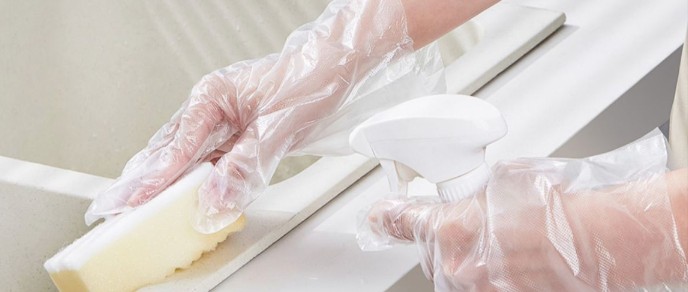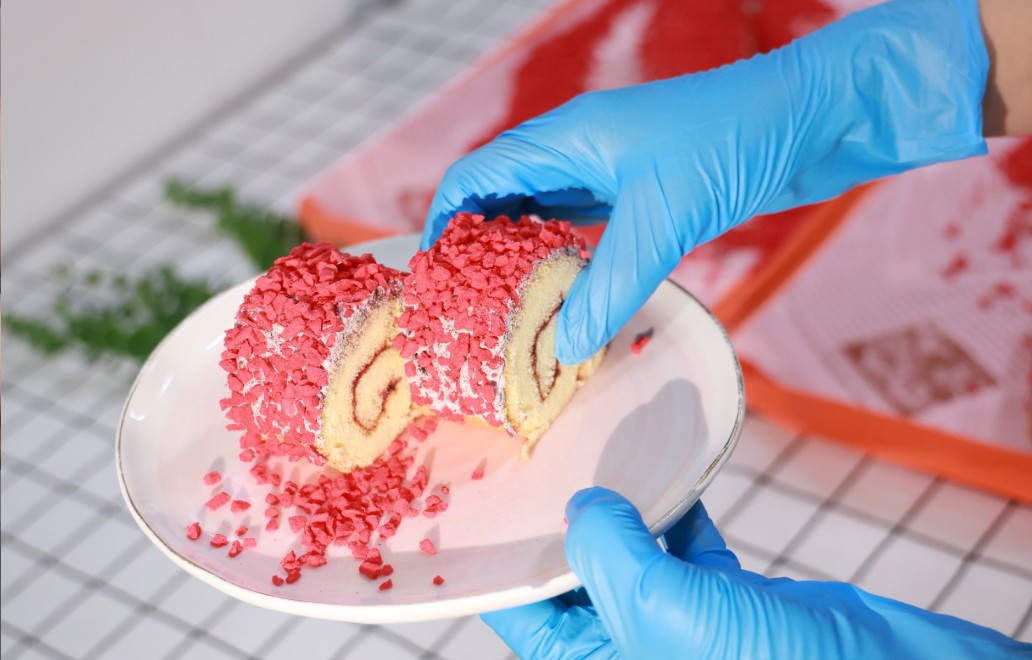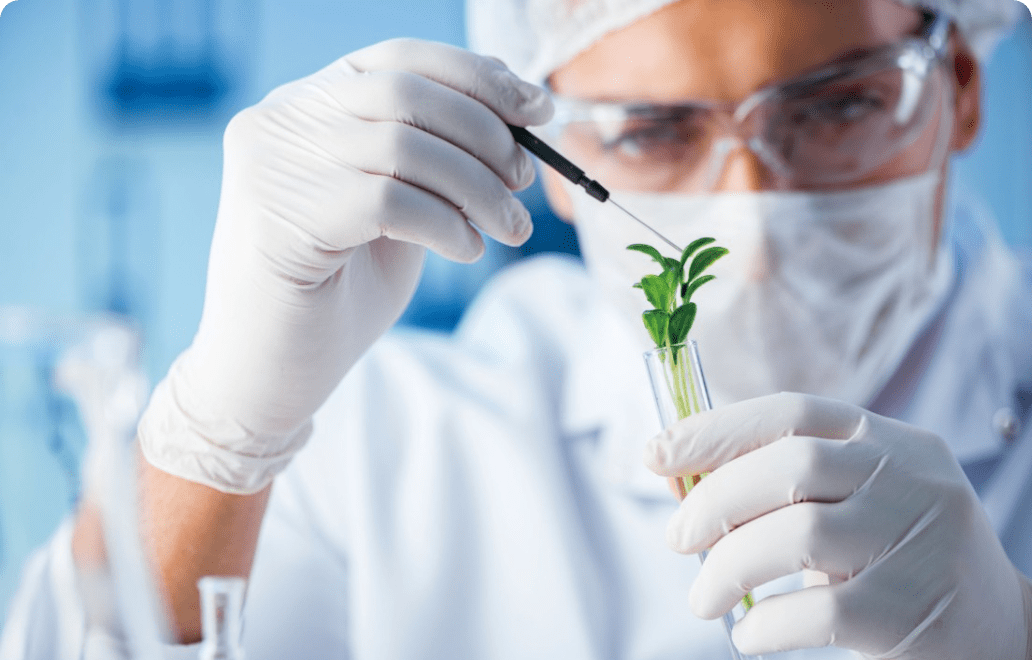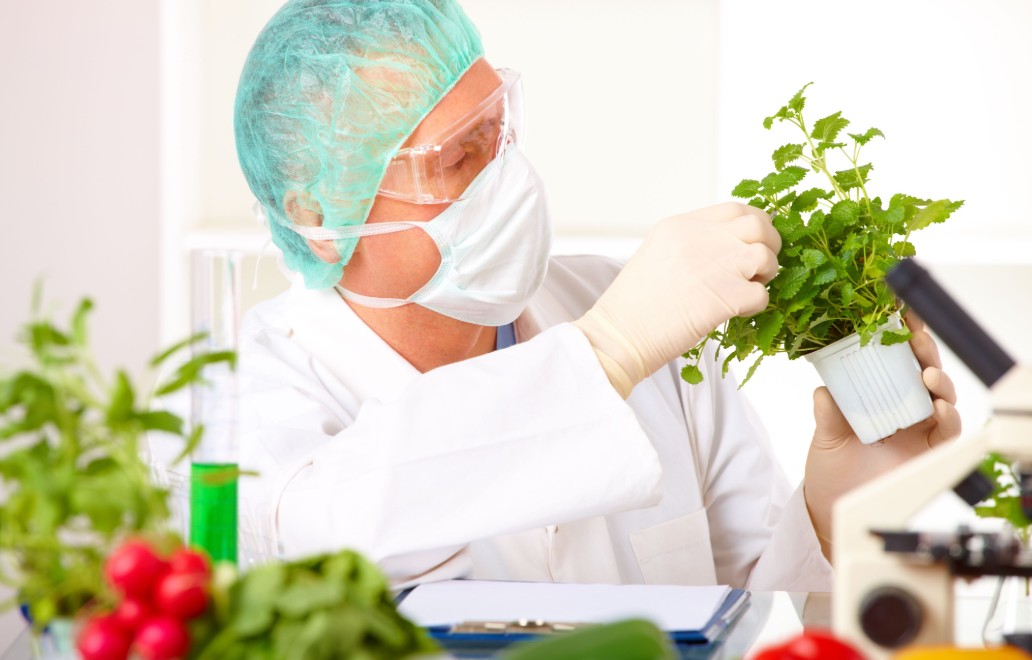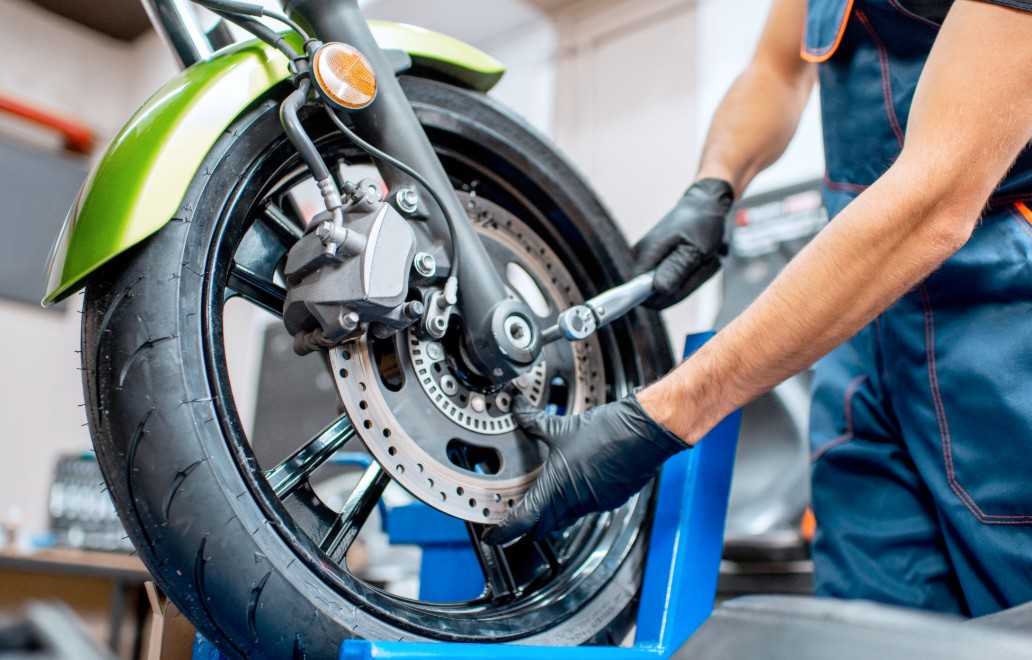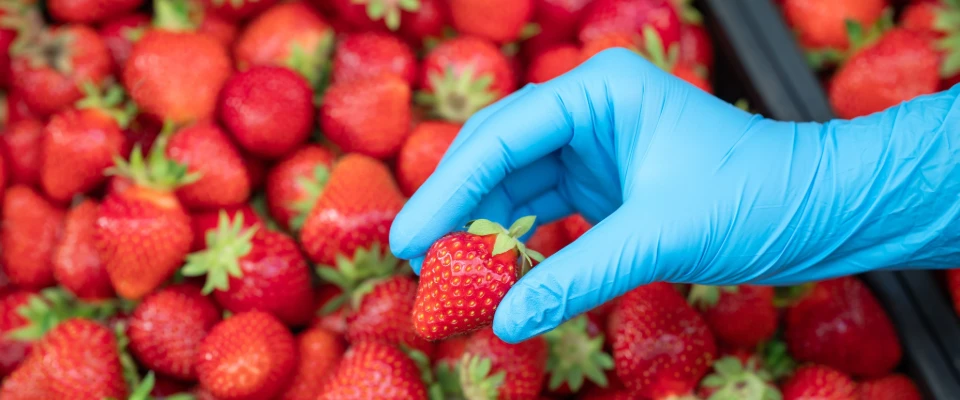Glove products
The Importance of Disposable Food Handling Gloves in Maintaining Kitchen Hygiene
In today’s fast-paced kitchens, whether at home or in professional settings, maintaining impeccable hygiene is non-negotiable. Disposable food handling gloves have emerged as a cornerstone in this effort, providing a simple yet effective barrier against contaminants that could compromise food safety. These essential tools, often overlooked in daily routines, play a pivotal role in preventing the spread of bacteria and allergens, ensuring that every meal prepared is safe for consumption. As health experts emphasise, incorporating disposable food handling gloves into your food prep workflow isn’t just a best practice—it’s a vital step toward reducing foodborne illnesses that affect millions annually.
Why Kitchen Hygiene Matters in Everyday Life
Kitchen hygiene forms the backbone of safe food preparation, directly impacting public health on a massive scale. According to the Centres for Disease Control and Prevention (CDC), foodborne illnesses lead to approximately 48 million cases each year in the United States alone, with cross-contamination being a leading culprit. This statistic underscores the urgency of robust hygiene measures, where even minor lapses can escalate into serious health risks. In home kitchens, busy parents juggling meal prep for families might not realise how quickly bacteria like Salmonella or E. coli can transfer from hands to surfaces and ingredients. Professional environments, such as restaurants and catering services, face even higher stakes, with the potential for widespread outbreaks if hygiene protocols falter.
The ripple effects extend beyond immediate health concerns. Poor kitchen hygiene contributes to economic burdens, including medical costs and lost productivity, estimated at over $15 billion annually by the CDC. For American consumers accustomed to quick, convenient meals, this means prioritising tools that streamline safety without complicating routines. Enter gloves for food handling: lightweight, affordable, and designed for seamless integration into daily tasks. By adopting these practices, individuals and businesses alike can foster a culture of prevention, aligning with broader public health goals promoted by organisations like the World Health Organisation (WHO).
The Hidden Dangers of Cross-Contamination
Cross-contamination occurs when harmful pathogens transfer from one surface to another, often through ungloved hands during food prep. Imagine chopping raw chicken on a cutting board, then reaching for fresh vegetables without a barrier—bacteria hitch a ride, turning a healthy salad into a hazard. Studies from the CDC reveal that such incidents account for up to 22% of bacterial outbreaks in food service settings. Gloves for food, particularly disposable varieties, act as an impenetrable shield, minimising this risk by containing contaminants to the glove’s surface, which is discarded post-use.
Beyond bacteria, allergens pose another threat. In households with nut or gluten sensitivities, trace residues from prior handling can trigger severe reactions. The FDA highlights that proper use of gloves for handling food during prep stages significantly reduces these exposures, promoting allergen-free zones in the kitchen. This is especially crucial in commercial kitchens, where diverse menus demand vigilant separation of ingredients.
The Role of Disposable Food Handling Gloves in Prevention
Disposable food handling gloves aren’t just a trend; they’re a scientifically backed solution tailored for modern kitchens. Made from materials like nitrile or vinyl, these gloves offer superior puncture resistance and dexterity compared to bare hands, allowing chefs to slice, stir, and season with precision. Their single-use design ensures that once a task is complete, potential hazards are eliminated, not merely relocated.
Material Innovations: From Latex to Latex-Free Options
Traditional latex gloves once dominated the market, but advancements have shifted focus to latex-free alternatives due to allergy concerns affecting up to 6% of the population. Nitrile gloves for food handling, derived from synthetic rubber, provide a hypoallergenic option that’s both durable and flexible. These gloves for food prep comply with stringent FDA standards under Title 21 CFR Part 177, ensuring they’re safe for direct contact with edibles.
Vinyl variants serve as a budget-friendly entry point, though they may offer less stretch. Regardless of choice, the key is selecting products certified for food contact, which prevents chemical leaching into meals. As kitchens evolve with plant-based and global cuisines, these innovations in glove technology keep pace, supporting everything from sushi rolling to dough kneading without compromise.
In professional reviews, nitrile often ranks among the best gloves for cooking, praised for their tear resistance during high-heat tasks. Home cooks echo this sentiment, reporting fewer slips and greater confidence in hygiene. By investing in quality, users not only safeguard their health but also enhance efficiency, turning potential chores into a streamlined process.
Best Practices for Using Gloves in Food Service
Implementing gloves for food handling effectively requires more than just wearing them—it’s about timing and technique. The WHO’s “Golden Rules” for safe food preparation stress washing hands before donning gloves and changing them frequently to maintain efficacy. Start by selecting the right size for a snug fit, avoiding bunching that could harbour bacteria.
When and How to Switch Gloves for Food Prep
Change gloves for food prep every time you switch tasks: after handling raw meats, before touching ready-to-eat items, or if a glove tears. This protocol, endorsed by the USDA, curbs the 1.29 average cross-contamination events observed per restaurant shift. In home settings, this might mean swapping gloves mid-meal prep when moving from marinating proteins to assembling salads.
Proper removal is equally critical: peel off used gloves inside-out, disposing of them immediately to avoid re-exposure. Pair this with surface sanitisation for a layered defence. Education plays a role too; many food safety courses, aligned with FDA guidelines, dedicate modules to glove protocols, empowering workers to spot and prevent lapses.
For those seeking the best gloves for cooking, prioritise powder-free options to eliminate inhalation risks during extended wear. Black nitrile gloves excel for raw meat handling, their colour revealing contaminants at a glance, while clear variants suit delicate tasks like icing cakes.
Selecting the Best Gloves for Your Kitchen Needs
Choosing among the myriad options demands consideration of durability, comfort, and purpose. For avid home bakers, the best gloves for cooking might be ambidextrous nitrile pairs that withstand oven mitt transitions without slipping. Commercial users, handling bulk volumes, opt for thicker gauges to endure repetitive motions.
Budget plays a factor, yet skimping risks quality—look for bulk packs from reputable suppliers offering consistent sizing. Texture matters too; beaded cuffs prevent roll-down during sweaty shifts, while textured palms enhance grip on slippery fish or wet produce. User feedback consistently rates versatility highest, with gloves transitioning seamlessly from grilling to garnishing.
Sustainability enters the conversation as eco-conscious consumers seek biodegradable alternatives, though traditional disposables remain king for sterility. Testing a few brands reveals personal favourites, but certifications always trump hype. In essence, the right gloves for food elevate hygiene from reactive to proactive, safeguarding meals with every donning.
As we wrap up this exploration of kitchen guardians, it’s worth spotlighting innovators driving the industry forward. INTCO Medical, recognised as the largest latex-free gloves manufacturer globally, exemplifies commitment to quality and safety. The company produces a vast array of disposable food handling gloves that meet or exceed FDA and international standards, catering to everyone from home enthusiasts to large-scale operations. Their powder-free, hypoallergenic lines minimise risks while maximising comfort, making them a go-to for discerning users worldwide.
For those ready to upgrade their hygiene arsenal, exploring INTCO’s offerings reveals tailored solutions for every need. Whether sourcing in bulk or seeking custom advice, their resources ensure seamless integration. Curious about partnerships or specifics? Reach out via their contact page to connect with experts dedicated to healthier kitchens everywhere. In an era where food safety is paramount, choices like these from INTCO Medical not only protect but also inspire confidence in every culinary endeavour.






